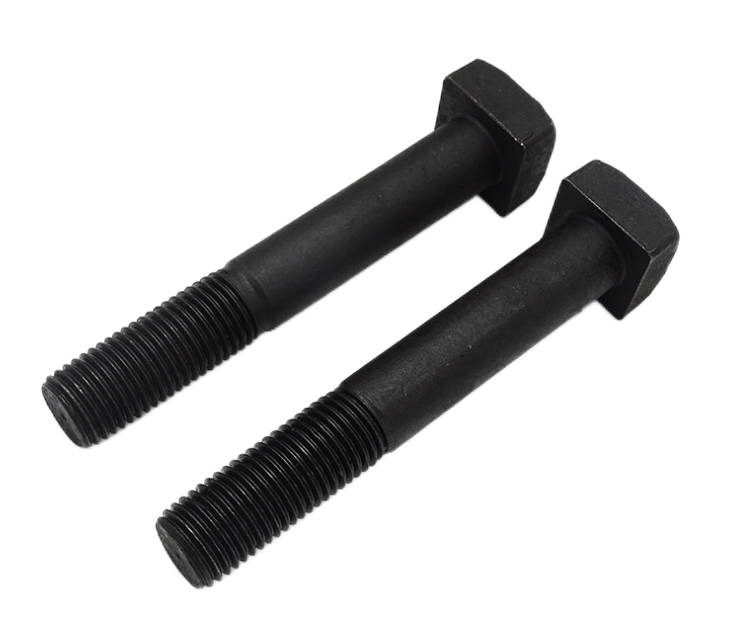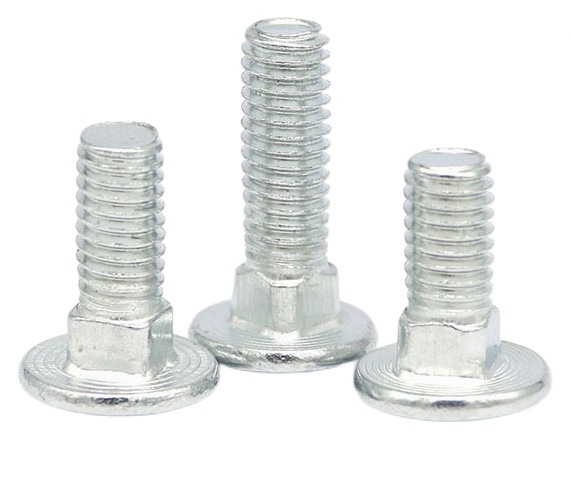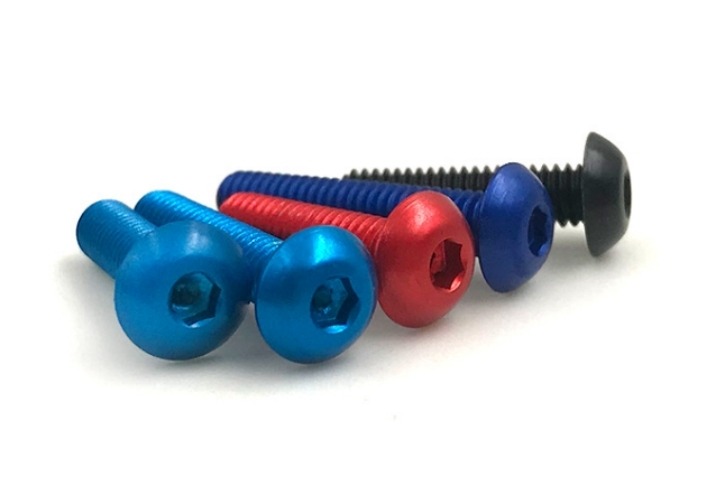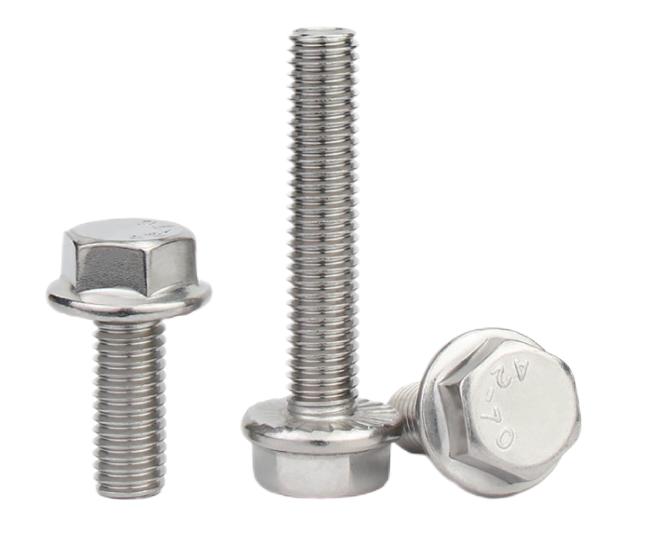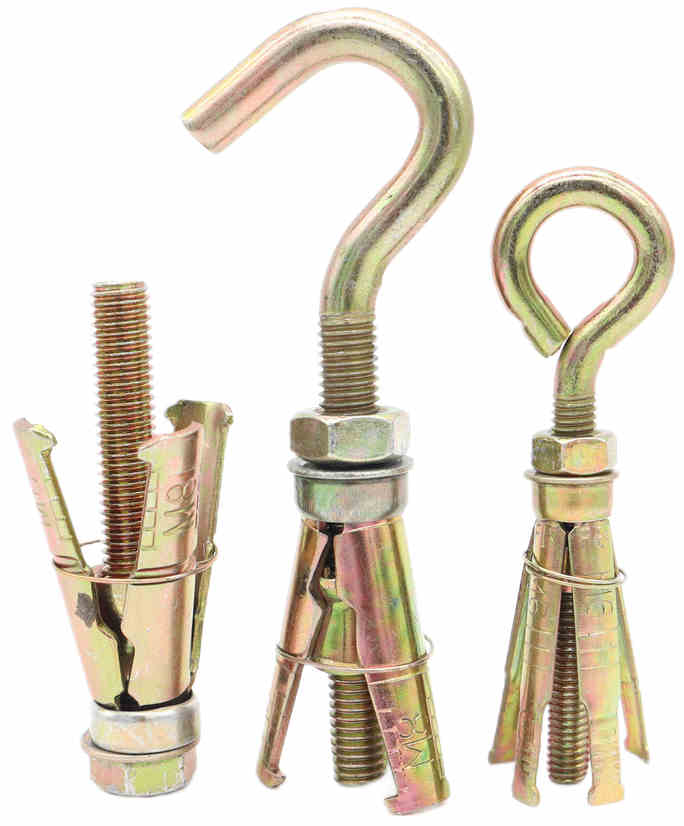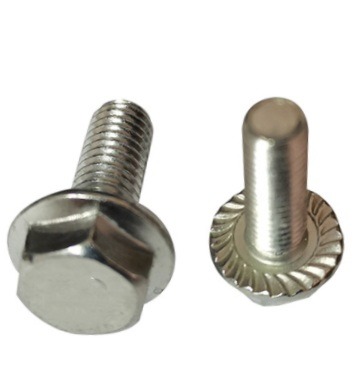The Difference Between High Strength Bolts And Ordinary Bolts
Bolts are widely used in all aspects of production and life. The bolt performance grade, namely the bolt performance grade for steel structure connection, is divided into more than 10 grades, such as 3.6, 4.6, 4.8, 5.6, 6.8, 8.8, 9.8, 10.9, 12.9 and so on.
The bolts of 8.8 grade and above are made of low carbon alloy steel or medium carbon steel and have been heat treated (quenching, tempering), which are generally called high strength bolts. The rest are called ordinary bolts.
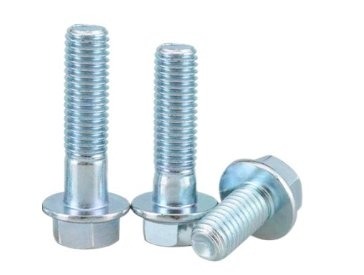
Principle of high-strength bolt connection:
High strength bolt connection has the advantages of simple construction, good mechanical performance, removability, fatigue resistance, and no looseness under dynamic load.
The high strength bolt is to tighten the nut with a special wrench, so that the bolt produces a huge and controlled pre-tension, through the nut and the backing plate, the same amount of pre-pressure on the connected parts. Under the action of pre-pressure, there will be a large friction force along the surface of the connected parts. Obviously, as long as the axial force is less than this friction force, the components will not slip and the connection will not be damaged. This is the principle of high-strength bolt connection.
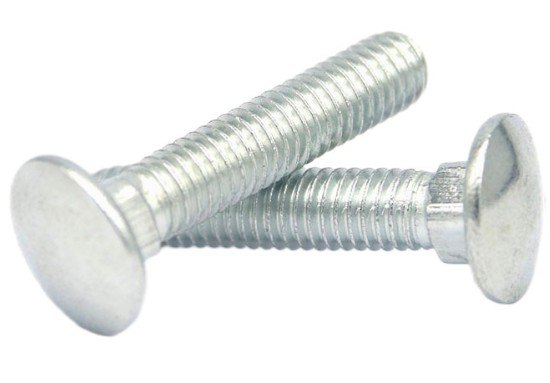
The difference between high strength bolts and ordinary bolts
Material difference between high-strength bolts and ordinary bolts
A high-strength bolt is one that can bear a greater load than an ordinary bolt of the same specification. The difference between the two is the strength of the material.
Ordinary bolts: Ordinary bolts are made of Q235(A3) material.
High strength bolts: The material of high strength bolt is 35# steel or other high quality material. After being made, it is heat treated to improve the strength.
High strength bolts are made of high strength materials. The screw, nut and washer of high strength bolt are made of high strength steel, commonly used 45 steel, 40 boron steel, 20 manganese titanium boron steel, 35CrMoA and so on.
The strength level difference between high-strength bolts and ordinary bolts
High strength bolts: High strength bolts, increasingly widely used. Two strength grades of 8.8s and 10.9s are commonly used, of which 10.9 is the majority.
Ordinary bolts: Common bolt strength levels are lower, generally 4.4, 4.8, 5.6 and 8.8.
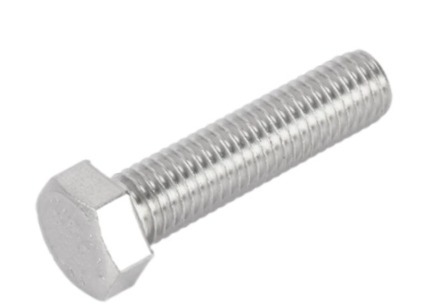
The stress characteristics difference between high-strength bolts and ordinary bolts
High strength bolt: exert pre-tension and transfer external force by friction. In addition to its high material strength, high-strength bolts also exert a great pre tension on the bolts, which makes the connecting members generate extrusion force, thus making a great friction force perpendicular to the screw direction.
Ordinary bolts: Ordinary bolt connection relies on the shear strength of bolt rod and the pressure of hole wall to transfer the shear force. When the nut is tightened, the pre-tension is small, and its influence can be ignored.
The perspective of use difference between high-strength bolts and ordinary bolts
High strength bolt: The bolted connection of the main components of the building structure generally adopts high-strength bolts. High strength bolts are generally used for permanent connection. High strength bolt is prestressed bolt, friction type with torque wrench to apply the specified prestress, pressure type screw off the plum head.
Ordinary bolts: Ordinary bolts have poor shear performance and can be used in secondary structural parts. Ordinary bolts only need to be tightened. Ordinary bolts can be reused, but high strength bolts cannot be reused.
KENENG can produce a variety of fasteners, including screws, bolts, nuts, washers, rivets, etc. If you need, please contact KENENG.

